GIS staat voor Geografisch Informatie Systeem. Je kunt data via kaarten delen en daar interessante inzichten uit halen.
Gissen staat voor het uitspreken van een vermoeden, waarvan je niet zeker weet of dat klopt.
GIS en gissen staan dus nogal tegenover elkaar. Door data te visualiseren, ga je beter begrijpen wat er nu echt aan de hand is. Je vermoeden kan bevestigd worden, of juist niet. Hoe fijn is het als je weet waar je het over hebt, in plaats van te moeten gissen. Maar we gaan het nu hebben over GIS.
Waarom wordt GIS vaker ingezet?
Meer en meer data is voorzien van locatie gegevens. Je maakt er dagelijks ook steeds meer gebruik van. Denk bijvoorbeeld aan waar zitten mijn vrienden, hoe kom ik bij mijn hotel, waar kan ik een gat boren in mijn muur zonder een leiding te raken, welke route heb ik gefietst etc. Zakelijk wordt geografische data ook steeds meer ingezet. Maaltijd bezorgers, zoals JustEatTakeaway, moeten goed nadenken over hun routes, zodat ze meer kunnen bezorgen in kortere tijd. Commercieel goed, en ook fijn voor de consument dat eten sneller en warmer bezorgd wordt. Met milieu zones in grote steden mogen transporteurs niet meer de stad in met hun bestaande wagenpark. Ze gaan o.a. met kleinere elektrische vrachtwagens het laatste deel rijden. Dat betekent dat er hubs rondom grote steden moeten komen, gezien deze elektrische auto’s geen lange afstanden kunnen afleggen. Waar ga je die hubs opzetten? Geografische Informatie Systemen gaan hierbij helpen.
Systemen
Vroeger had je daar dure grote systemen voor nodig. Gelukkig is dit allemaal naar de desktop en in de cloud beschikbaar gekomen. Met Tableau kun je op vele manieren data op kaarten tonen en ook nog interactief gebruiken. Je kunt gebruik maken van latitude en longitude data, die specifieke punten op een kaart plotten. Er zijn shapefiles beschikbaar waarbij je polygonen kunt tonen op kaarten, oftewel gebieden. Denk hierbij aan provincies, postcode gebieden of bijvoorbeeld bezorg gebieden – zie voorbeeld van buurten in Amsterdam. En voor meer specifieke geo data, zoals je in Nederland Rijksdriehoek meting hebt, zijn er ook altijd opties om dit te tonen op een kaart in Tableau.
Met het voorbeeld over bepalen van routes voor bezorging worden niet de afstanden, maar juist de rijtijden belangrijk. Hemelsbreed kunnen 2 locaties op 100 meter afstand liggen, maar als er water tussen ligt en de brug is 3 kilometer verder, dan is de rijtijd helaas een stuk langer. Gelukkig zijn hier ook oplossingen voor. Alteryx is een platform waarmee je op een fantastische manier data kunt analyseren en bewerken. En je kunt er zelfs rijtijden mee uitrekenen met behulp van de Tom Tom data, die geïntegreerd kan worden. Zou kun je in onderstaand voorbeeld zien wat de gemiddelde rijtijd is naar een Albert Heijn in Amsterdam. Een mooie combinatie van de kracht van Alteryx en Tableau. Wil je meer weten of dit voor jou interessant is, neem dan contact op en we laten je graag zien wat er mogelijk is.

